3D printing is an additive manufacturing technique that creates three-dimensional objects by building successive layers of raw material such as metals, plastics, and ceramics. They work from the ground up and pile on layer after layer until the object looks exactly like it was designed.
Let's take a look at how far 3D printing has impacted different industries.
Aerospace Industry

Aerospace parts are not cheap. They are made of high quality material that is able to withstand tough conditions.
When developing prototypes, there is a chance that they may fail and result in high costs, and loss of time to assess the part.
To tackle this problem, aerospace engineers have taken to 3D printing inspection tooling to reduce costs spent assessing for low-volume parts and speed up the entire development process.
E.g. For each individual aircraft, companies have hundreds of fixtures, guides, templates, and gauges 3D printed, generally with 60 to 90 percent reductions in cost and lead time compared to other manufacturing processes.
Automotive Industry

The automotive industry has advanced over the years. Manufacturers, like Audi and Volkswagen, are printing low-volume tooling at a fraction of the traditional price, giving designers and engineers more time to test the concept models.
E.g., Motorsport uses carbon fiber because it offers interesting properties, including high stiffness, high tensile strength, low weight, high chemical resistance, high temperature tolerance and low thermal expansion.
Architectural Industry

3D Printing has boosted the way architects view their models.
It helps them to understand the texture better compared to what they see digitally.
Architects can easily modify 3D structures and keep producing prototypes faster. It also reduces the cost and waste generated by a significant margin.
E.g., Architects pitch to their clients using 3D printed models because these are highly detailed, and they provide a clearer picture of what the final project looks like.
Medical Industry

Currently, Organ Printing for medical applications is in the developing stages. Nevertheless, we know how quick the medical industry is evolving. It is just a matter of time.
Large-scale manufacturers are investing in a so called “Point-of-Care” manufacturing - an on-demand creation of 3D Printed medical products based on the patient’s imaging data.
E.g., Models, prosthetics and surgical guides help as a tool for doctors to have an idea about the patient during a potential surgery.
Food Industry

Multiple kitchens around the world are trying to adapt to Additive Manufacturing and the numbers are increasing day by day.
With this technology, people have a wider range of products to choose!
This just does not open doors to a bigger menu to choose from but has many advantages too.
• Food wastage will decrease
• Healthier options
• Organic consumption will increase
E.g., Upprinting, a company that takes unwanted and discarded food and uses it to create paste filament that in turn is used to create 3D Printed food that can be stored for an extended amount of time.
We are entering the fourth stage of the industrial revolution (Industry 4.0) -- a fusion of advances in artificial intelligence (AI), robotics, the Internet of Things (IoT), 3D printing, genetic engineering, quantum computing, and other technologies.
Moreover, industries like Aerospace, Automotive, Architectural, Medical and Food and many smaller industries can benefit a lot from this revolution.
Additive Manufacturing is growing and someday, it will take over the conventional method of doing everything!
Interested in the 3D Printing technology? Get your new hobby started with 3D Printers and materials, or get your projects printed via our 3D Printing service.

























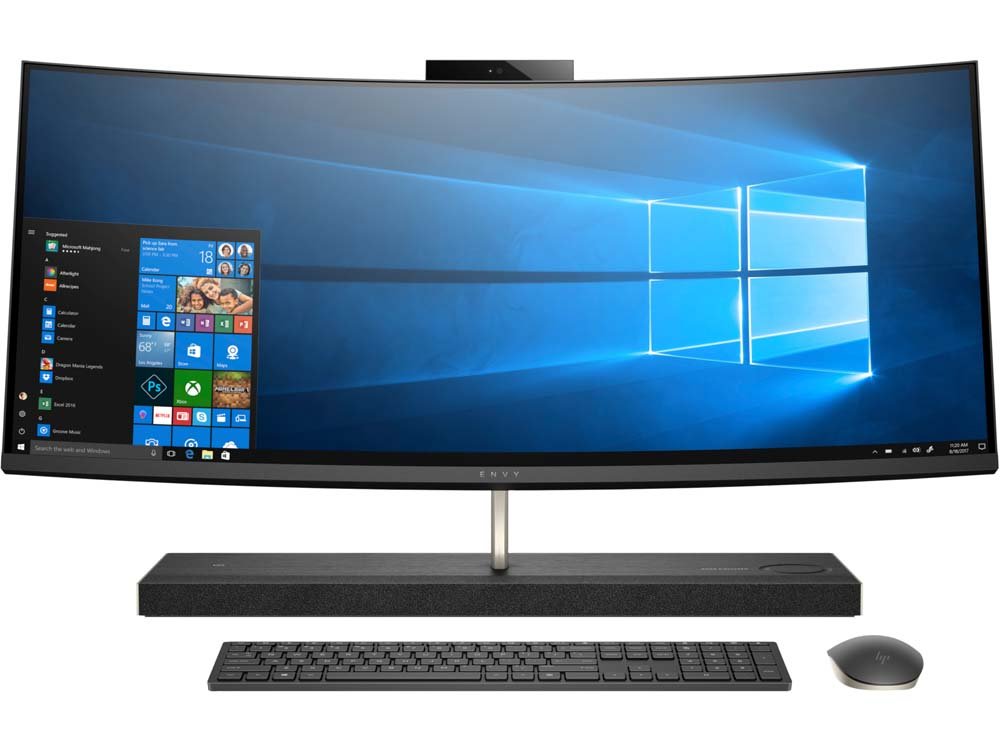







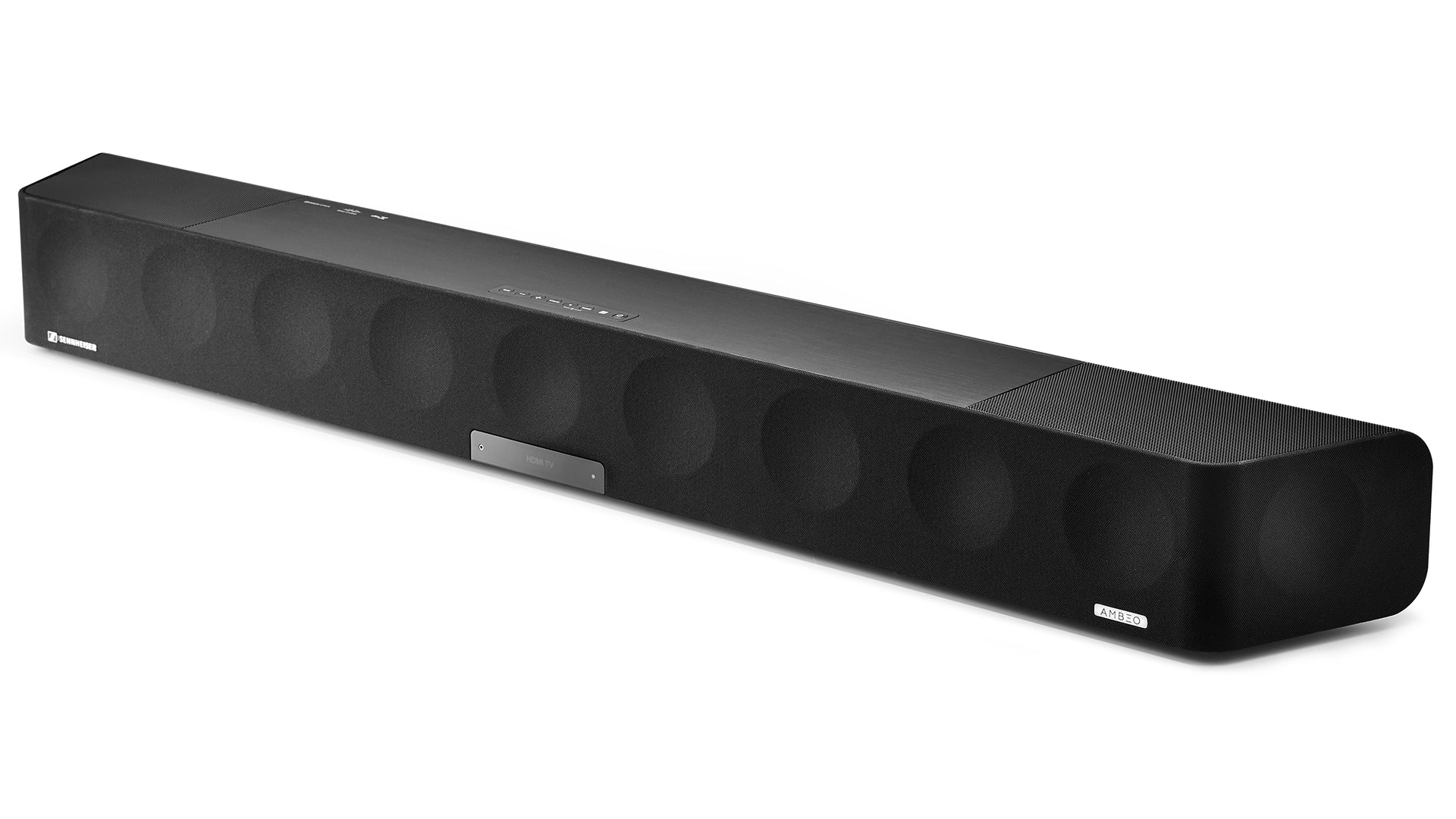




























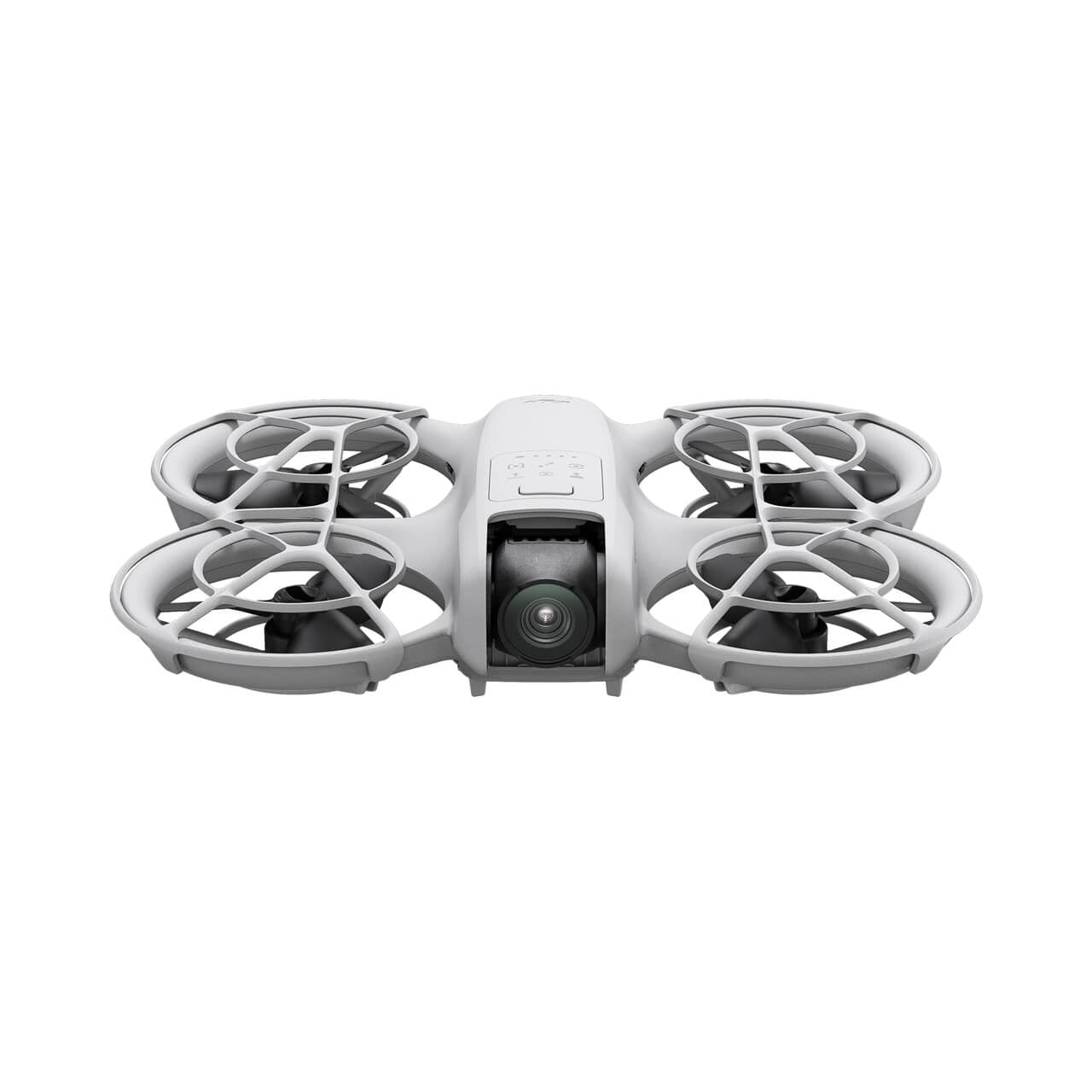
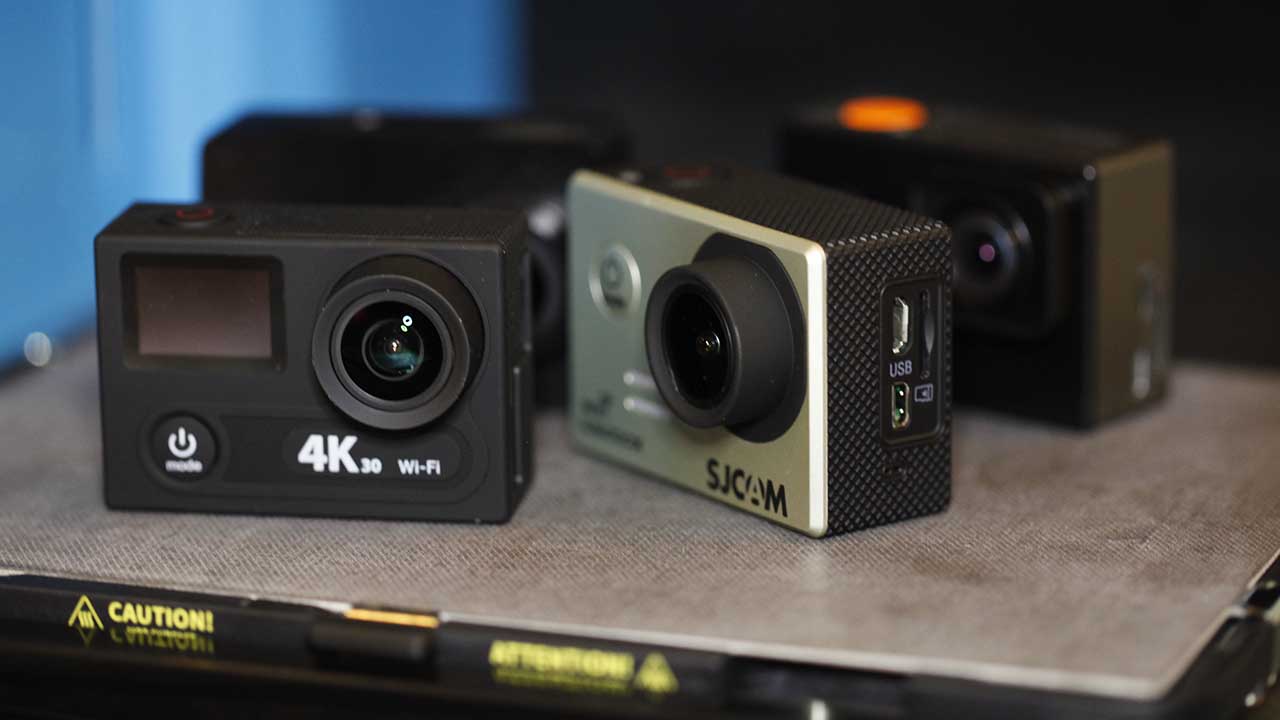














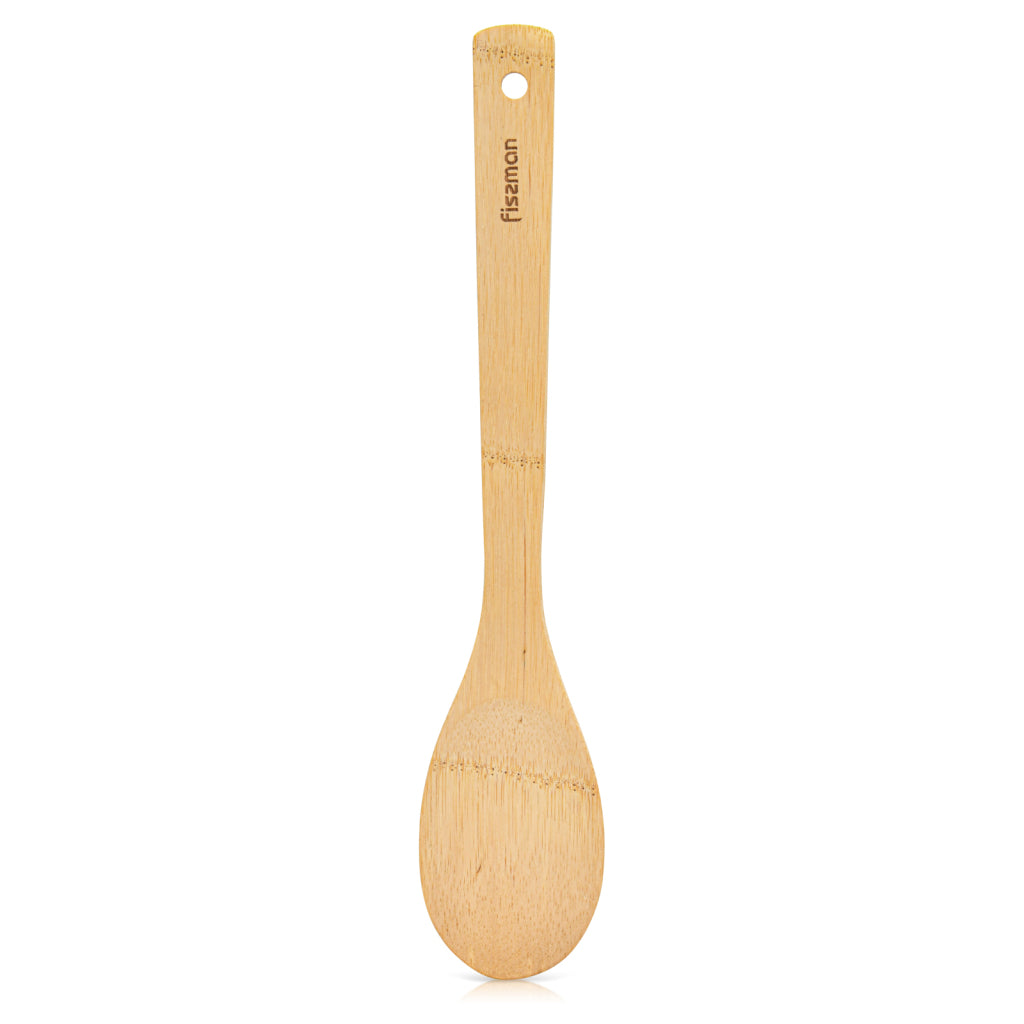
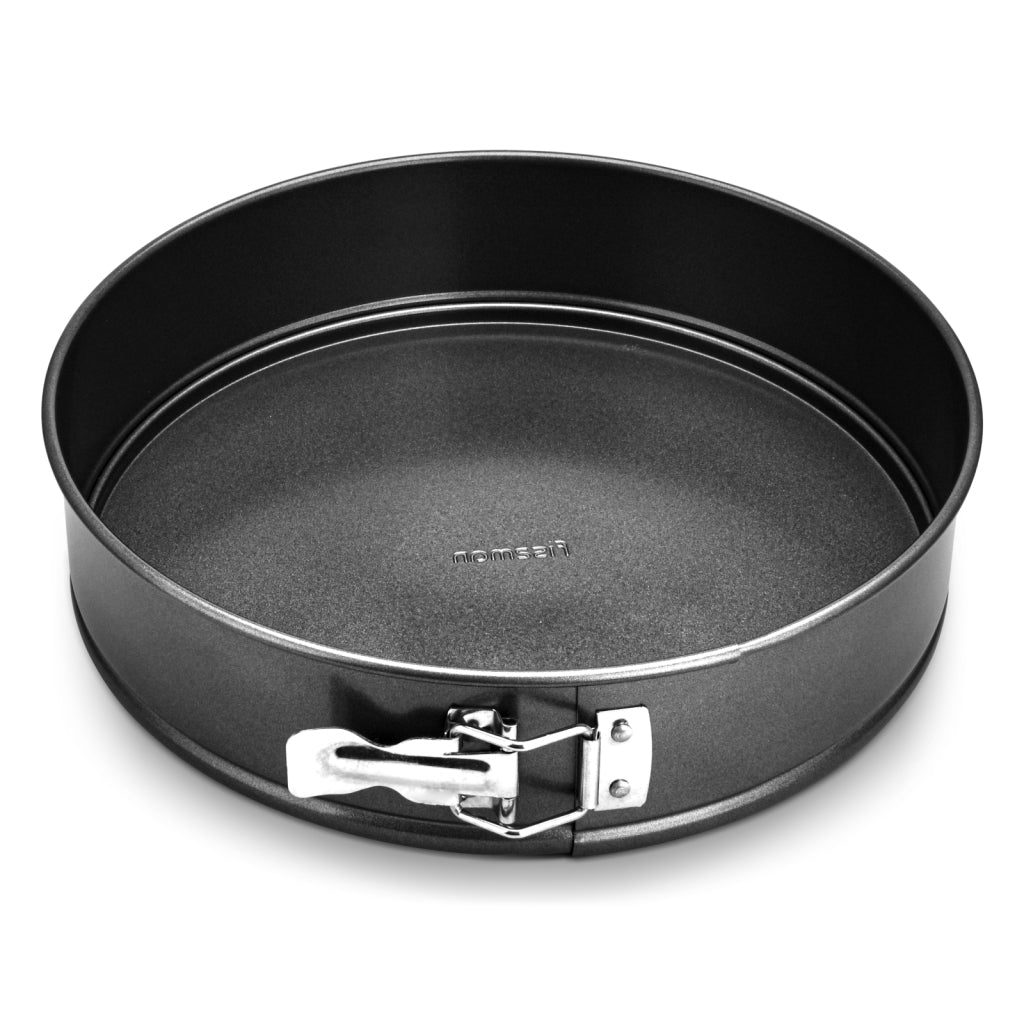













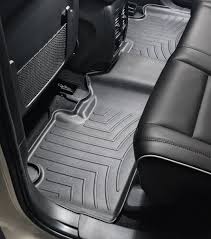






2 comments
WWWHHHAATT ARE THOSEEE ?!?
Great article. I can’t wait to 3D print a Kanafeh